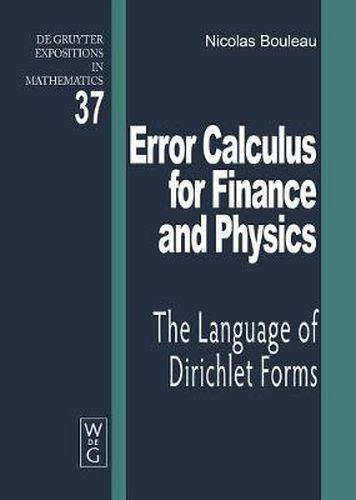Readings Newsletter
Become a Readings Member to make your shopping experience even easier.
Sign in or sign up for free!
You’re not far away from qualifying for FREE standard shipping within Australia
You’ve qualified for FREE standard shipping within Australia
The cart is loading…






This title is printed to order. This book may have been self-published. If so, we cannot guarantee the quality of the content. In the main most books will have gone through the editing process however some may not. We therefore suggest that you be aware of this before ordering this book. If in doubt check either the author or publisher’s details as we are unable to accept any returns unless they are faulty. Please contact us if you have any questions.
Many recent advances in modelling within the applied sciences and engineering have focused on the increasing importance of sensitivity analyses. For a given physical, financial or environmental model, increased emphasis is now placed on assessing the consequences of changes in model outputs that result from small changes or errors in both the hypotheses and parameters. The approach proposed in this book is entirely new and features two main characteristics. Even when extremely small, errors possess biases and variances. The methods presented here are able, thanks to a specific differential calculus, to provide information about the correlation between errors in different parameters of the model, as well as information about the biases introduced by non-linearity. The approach makes use of very powerful mathematical tools (Dirichlet forms), which allow one to deal with errors in infinite dimensional spaces, such as spaces of functions or stochastic processes. The method is therefore applicable to non-elementary models along the lines of those encountered in modern physics and finance. This text has been drawn from presentations of research done over the past ten years and that is still ongoing. The work was presented in conjunction with a course taught jointly at the Universities of Paris 1 and Paris 6. The book is intended for students, researchers and engineers with good knowledge in probability theory.
$9.00 standard shipping within Australia
FREE standard shipping within Australia for orders over $100.00
Express & International shipping calculated at checkout
This title is printed to order. This book may have been self-published. If so, we cannot guarantee the quality of the content. In the main most books will have gone through the editing process however some may not. We therefore suggest that you be aware of this before ordering this book. If in doubt check either the author or publisher’s details as we are unable to accept any returns unless they are faulty. Please contact us if you have any questions.
Many recent advances in modelling within the applied sciences and engineering have focused on the increasing importance of sensitivity analyses. For a given physical, financial or environmental model, increased emphasis is now placed on assessing the consequences of changes in model outputs that result from small changes or errors in both the hypotheses and parameters. The approach proposed in this book is entirely new and features two main characteristics. Even when extremely small, errors possess biases and variances. The methods presented here are able, thanks to a specific differential calculus, to provide information about the correlation between errors in different parameters of the model, as well as information about the biases introduced by non-linearity. The approach makes use of very powerful mathematical tools (Dirichlet forms), which allow one to deal with errors in infinite dimensional spaces, such as spaces of functions or stochastic processes. The method is therefore applicable to non-elementary models along the lines of those encountered in modern physics and finance. This text has been drawn from presentations of research done over the past ten years and that is still ongoing. The work was presented in conjunction with a course taught jointly at the Universities of Paris 1 and Paris 6. The book is intended for students, researchers and engineers with good knowledge in probability theory.